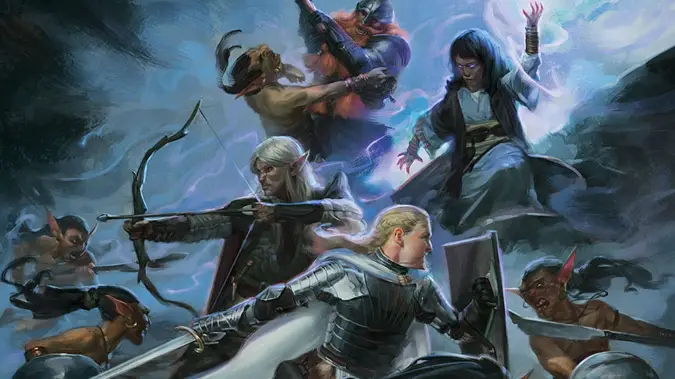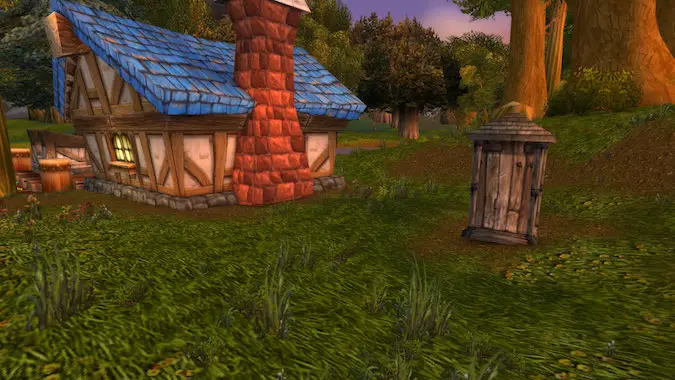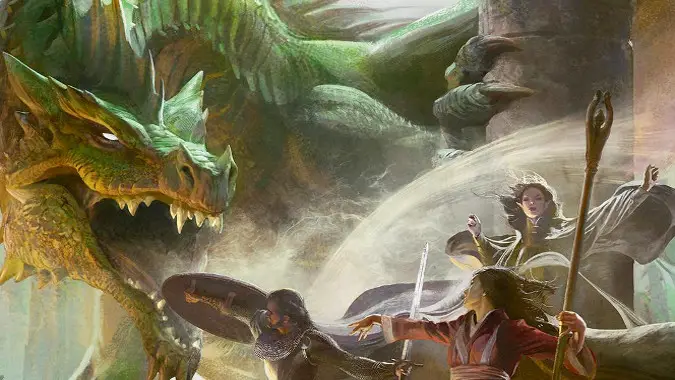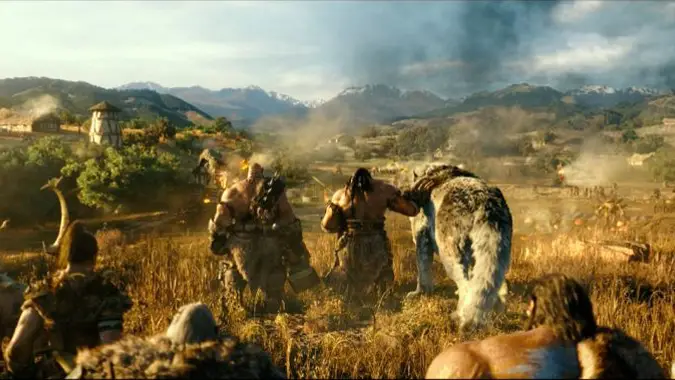Why you should run a homebrew D&D campaign, and some tips on how to build your own unique world

There are a lot of excellent Dungeons & Dragons setting books out there that will give you all the details you need to run a game in their setting, and those settings (also known as campaign settings, world settings, campaign worlds and/or simply campaigns) are often excellent. If we’re just talking about official settings for 5e, we currently have the Forgotten Realms, Ravnica, Eberron and Wildemount/Exandria, with Theros out soon. Over it’s history, D&D has also seen other settings such as Mystara, Greyhawk and Athas, and the Demiplanes of Dread. All of these provided a place for your D&D game to happen, and I’m not even including third party settings such as Freeport, the Golarion of the Pathfinder game, or others that could easily be adapted or which actually have a 5e version out there for you to make use of.
I absolutely do not oppose using a pre-made setting for a D&D game. I have done so, and will do so in the future. But one thing I enjoy as a DM is being able to sit down and make up my own fantasy world — add in elements I find fun, make my own weird choices about certain details in the game. This isn’t something every DM wants to do, and if it doesn’t describe you, there’s absolutely no wrong decision here — but if you think it sounds like fun, let’s talk about how to start work on your first campaign setting.

Establishing a starter zone — literally
One approach is to start with a small, specific location and be extremely vague about everything outside of that location. With this approach, you make up a town — create the characters the players are most likely to run into, a few for flavor, important locations they’re likely to see for a few adventures like the town hall, the local inn or tavern, the blacksmith and/or general store for adventuring supplies, any local temple which might offer them healing services, and a few places they might end up going to get those quests.
If you’ve never done it before, think of the starting zone for any World of Warcraft character, like Elwynn Forest, or the area around Dolanaar, or Razor Hill in Durotar. You populate the area around your ‘starting zone’ with adventure possibilities — there’s an evil circus that’ll be performing (and kidnapping kids, if the players don’t get involved) currently camped outside of town, plus a kobold den to the north, and last, a slightly more challenging encounter set in the local graveyard with a necromancer from a sect you’re hoping to make a big deal later on.
This way, you don’t have to worry about big questions or world-shaking events to start, just some small stuff in place. Who knows, your eccentric Blacksmith lady gnome with the giant bear in her shop might be so beloved that the players will end up returning to StarterVille time and again to force you to remember the weird accent you tried to do that one time for her.
After a few adventures in StarterVille, however, your players will likely have outgrown it. They’ve beaten all the threats you put in place, the party Sorcerer has picked up hints about her long-lost sibling and wants to go track them down, and Grognar the Barbarian is getting bored. It’s time to take a step into the wider world. This means coming up with what that is.

Expand into the frontier as needed
Some DMs love to design a whole continent up front, setting up every nation and major city and how they all interact. And if that’s you, great, because this next part when your players move out of StarterVille is going to be a piece of cake for you. You’ll have already decided that StarterVille is in the Plains of Leveling, and that the next stop down the road is Levelsix City, where the Royal Guard patrols the area and there’s The Forest of Monsters on the way there for the party to explore. This approach requires a bit more organization from you as a DM, but it also means you’ll never be surprised if your players suddenly decide to go off the rails. Half way through the Forest, you have an encounter planned with some goblins, and suddenly the players decide to head north instead — but as you’ve already got the whole area planned out, you know that north leads to an outpost of the Royal Guard and a chance to get the players back on track.
Another possible approach is to wing it, and then incorporate whatever happens into the game world. So you send the players out into the world without actually knowing much more than the next town over, and when they said they want to go north instead? You just drop a few encounters in their path, then have them step out of the woods into an alpine environment with a mountain village you literally just made up and drop some hardy dwarf mountaineers in their path, and suddenly the game is set in a fantasy version of the Rocky Mountains. Both approaches have their strengths and weaknesses.
I tend to combine them to a degree — I have two relatively fleshed out campaign settings, with major cities and all that jazz ready to go, but I also leave lots of room for the players to go off in a random direction and discover things on their own.

It’s your world, so you can right old wrongs
One of the great things about doing your own campaign setting is, it’s your setting. If you don’t like the depiction of Orcs in most D&D games? You can just change it. You can break or change anything about the setting that doesn’t fit you or your players.
In my setting of Riatan, for example, the Orcs are one of the oldest peoples, who settled across much of the continent. While I left their rivalry with Elves intact, it’s much more a simmering tension thing and less ‘Orcs are just plain evil.’ I also finally decided that the Goblin races were essentially created by Elf mages during a long distant period of war as shock troops to fight the Orcs, but the Goblins essentially revolted and freed themselves from service to the Elves. Goblins don’t like Orcs, or really anybody, and keep to their own societies plotting the destruction of their ancient enemies, but they’re not just evil for the sake of it. That’s an idea I’ve never really liked.
I also made a change based on the fact that Humans are capable of having Half-Elf kids with Elves, and Half-Orc kids with Orcs, and established that some Orcs and Elves tell legends about how Humans were originally the product of a city (long since fallen, of course) where Elves and Orcs lived together in harmony and some Elves and Orcs came together peacefully. Their children were the Miethmur, or ‘mud-bloods’ because the modern day Orcs and Elves view the idea of Orcs and Elves being peaceful and interbreeding as an abomination, and it’s heavily implied that both groups look down on Humans as the descendants of the Miethmur — essentially, in my campaign, Humans are ‘Half Elf/Half Orcs’ that bred true and became their own people over thousands of years.
Humans don’t like this idea. Is it true? Depends on what serves the story best. It doesn’t always come up. But it’s something I made up, something that ties into the history and bigotry of the world my players are inhabiting. It shows that neither the Orcs nor the Elves — nor even the Humans — are easily reduced to a stereotype, giving the world more depth and potentially giving my players more opportunities to explore their own stories.
And if any of my players are reading this, maybe it’s true for your game, and maybe it isn’t.
Please consider supporting our Patreon!
Join the Discussion
Blizzard Watch is a safe space for all readers. By leaving comments on this site you agree to follow our commenting and community guidelines.
 @MatthewWRossi
@MatthewWRossi



